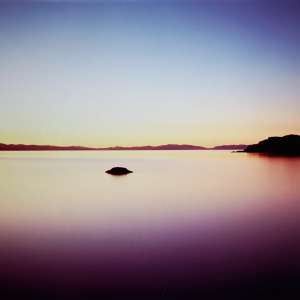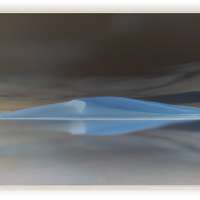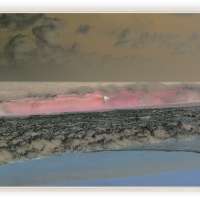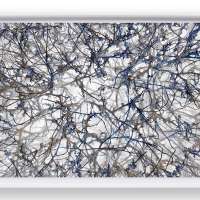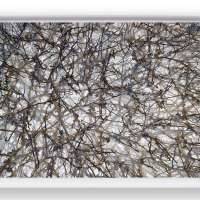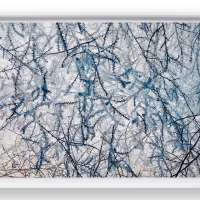Richard Misrach
Richard Misrach Biography Richard Misrach (b. 1949) is one of the most influential photographers working today. For the past 50 years, he has used visually stunning, large-scale color vistas to address human intervention on the natural world. Perhaps best known for his Desert Cantos , an ongoing series depicting desert landscapes that the artist began in 1979, Richard Misrach is widely considered to be one of the pioneers of large format color photography. Born in Los Angeles, California, Richard Misrach studied psychology at the University of California, Berkeley, before turning to photography as a way of documenting his involvement in the anti-war efforts of the late 1960’s. In the years since, his achievements in fine art have remained rooted in his concern for the most complex social questions of the time — the environmental impact of globalization, industrial development, nuclear testing and petrochemical pollution. His Desert Cantos have evolved to include chapters on the US-Mexico border ( Border Cantos ) and the political tensions surrounding the 2016 presidential election, captured in a series of photographs depicting found graffiti in the Southwest. In 1998, Richard Misrach began work in an 85 mile stretch between Baton Rouge and New Orleans, Louisiana known as “Cancer Alley,” due to its concentration of industrial manufacturing plants and refineries. Originally drawn to the region on commission from the High Museum of Art, the resulting images were exhibited in 2001 as part of the museum’s Picturing the South series; in 2010, Misrach returned to Louisiana to expand the project and Revisiting the South: Richard Misrach’s Cancer Alley debuted at the High in 2012. Petrochemical America, a monograph pairing Misrach’s Louisiana pictures with Columbia University professor Kate Orff’s text and infographics, was also published by Aperture in 2012. In the last five decades, Richard Misrach ’s work has been collected in numerous notable monographs and catalogues, most recently Notations (Radius Books, 2022), preceded by Border Cantos: Richard Misrach | Guillermo Galindo (Aperture, 2016); iPhone Studies: Reverse Scrubs (One Picture Boo k) (Nazraeli, 2013); Petrochemical America (Aperture, 2012); On the Beach (Aperture, 2007); and Violent Legacies, with text by Susan Sontag (Aperture, 1992), among many others. He is a recipient of numerous awards including a Guggenheim Fellowship and four National Endowment for the Arts Fellowships. In 2008, Misrach received the Lucie Award for Achievement in Fine Art Photography and in 2002, the Kulturpreis for Lifetime Achievement in Photography from the German Society of Photography. In 2023, Misrach collaborated with Alonzo King LINES Ballet, creating large-scale visuals to back the company’s heart-stirring choreography. Richard Misrach ’s work is held in the collections of the Metropolitan Museum of Art, New York; Museum of Modern Art, New York; National Gallery of Art, Washington, D.C.; Los Angeles County Museum of Art; The J. Paul Getty Museum, Los Angeles; High Museum of Art, Atlanta; Victoria and Albert Museum, London; San Francisco Museum of Modern Art; and the Art Institute of Chicago, among many others. In the fall of 2023, Richard Misrach first showed at Jackson Fine Art in a major exhibition with Duet, curated and conceived in collaboration with his longtime mentee and friend, Meghann Riepenhoff.




